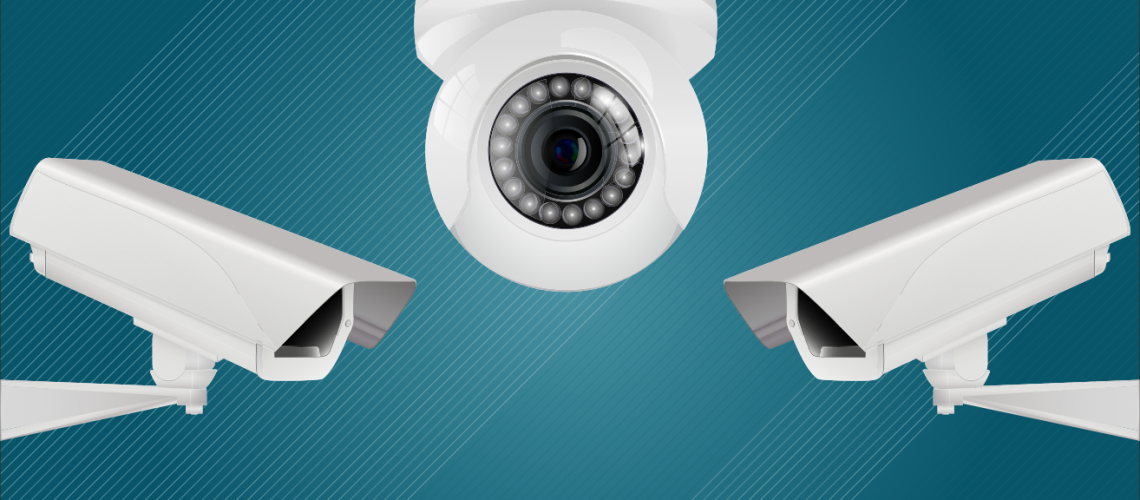Menu


Morgan Smith
Cameras, Cameras Everywhere: How to Leverage Surveillance Video and Data Into Your Case
Some sources estimate that as of 2009 there were over 30 million surveillance cameras in the United States recording over 4 billion hours of images per week — let alone the number of images/videos taken by a vast number of high-definition cameras, embedded within every modern-day smartphone! I certainly have no idea if such estimates are accurate, yet I can tell you that the amount of surveillance video and data that our office receives on a yearly basis continues to rise exponentially. It is now extremely common for a personal injury case to have surveillance video that shows some aspect of the case. Every once in a while, the video is so clear and obvious as to what happened, it really becomes the only evidence of the case and both sides rely upon it to argue their points.
However, much more commonly the video shows only part of what occurred, or shows it very fuzzy, off in the distance, or only captures a sound of something happening off camera. Even in a world with millions of constantly running cameras, they still have to be pointed in the right direction to capture the act you want to see. In light of this limitation, coming up with ways to show “the rest of the story” is increasingly common.
A recent case highlighted this problem. The case was handled by local attorney Sanford Cipinko and involved a pickup truck that allegedly ran a red light at night hitting the plaintiff in a San Francisco Recology truck. The video below is the raw surveillance tape of the incident:
As you can see from the video, it clearly shows a truck driving through the intersection — South on 4th Street — nothing more. Yet at closer examination, it also does show the street light in the top right of the video starting off green, then turning yellow, as the pickup truck moves across the road. At some later time, the light finally turns red; both vehicles are out of the camera’s view at this point. Furthermore, the accident actually occurs just outside of the video’s framed view, toward the right, at the South-West portion of the intersection (King St. and 4th St.). The plaintiff, who was driving a Recology truck, claimed that the defendant ran a red light. The defendant claimed that plaintiff did so.
Knowing the claims of the two parties makes the video more interesting. If the light is green from the start of the video for the King Street direction, this implies the light for 4th Street direction was actually red when the pickup entered the intersection. By examining the video, the accident reconstruction expert was able to closely estimate the speed of the pickup truck. With this information, the goal was to create “the rest of the story.”
First of all, we modeled the scene in a highly detailed manner: all relevant roads, lanes, lights and buildings were accounted for. Secondly, we reverse-engineered the initial placement of the two trucks involved (60 seconds prior) by using the precise speed that was determined by the expert from his analysis of the crash and surveillance video. We continued by carefully checking those calculations against the video for accuracy. Third, we matched the timing of our animation’s street lights so that they precisely matched the surveillance video. Once this timing was confirmed/matched using a similar camera angle for the animation, we then composed multiple cameras within the same scene, which were used to show the incident from a number of different viewing angles.
When all of this was complete, what did we get?
The rest of the story!
This animation, combined with the expert witness testimony determined from the evidence of the surveillance video, created a very powerful visual narrative for this case. Ultimately this effort helped the matter settle.
Since video is more and more prevalent, figuring out ways to effectively deal with it and incorporate such video into your cases will only prove to be more important as time goes on.
If you have a case that involves surveillance video or data and need presentation ideas, please contact us to see how Cogent Legal can assist your case’s presentation.
If you’d like to receive updates from this blog, please click to subscribe by email.
Recent Posts
- Proper Digital Discovery, Part IV: Using Drones in Modern Litigation
- Proper Digital Discovery, Part III: Using Digital Imagery in Modern Litigation
- Proper Digital Discovery, Part II: Electronic Measuring Data
- How to Obtain Proper Digital Discovery, Part I: Photography
- California Courts – Latest Updates
